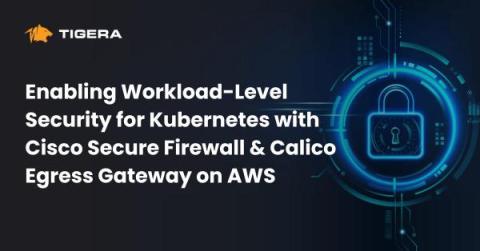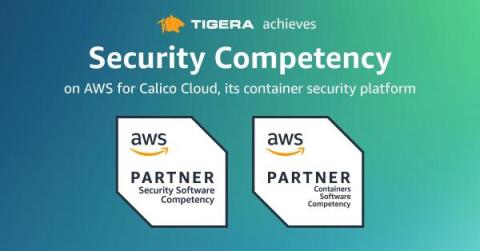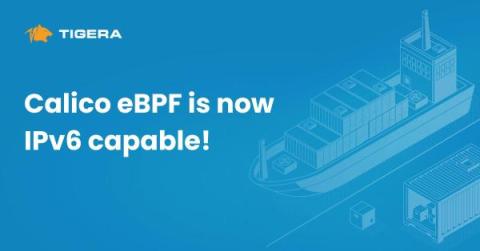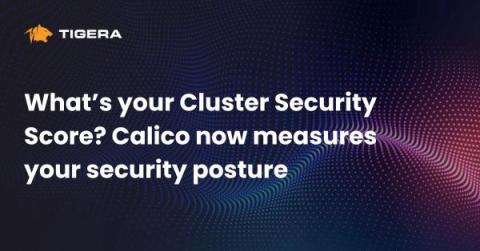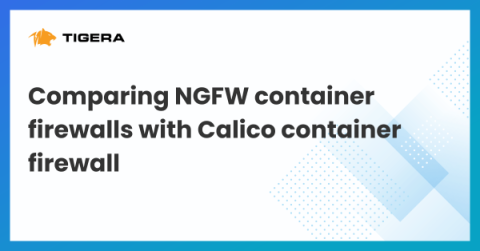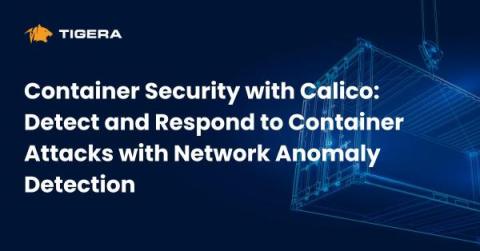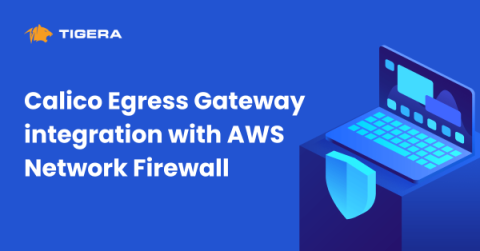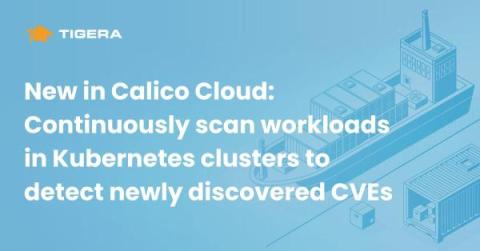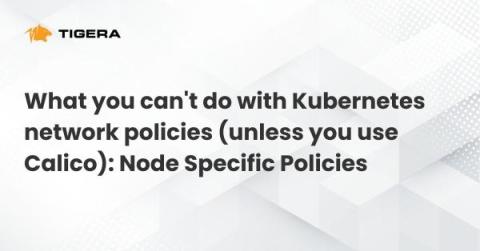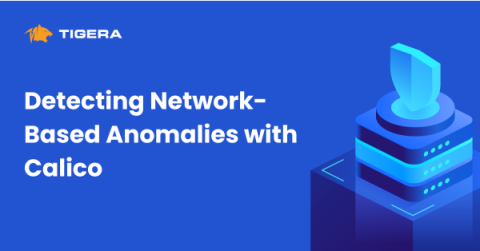Enabling Workload-Level Security for Kubernetes with Cisco Secure Firewall & Calico Egress Gateway on AWS
Enterprises that deploy Kubernetes in corporate data centers or cloud environments often use Cisco Secure Firewall to protect their networks and cloud resources. These firewalls are crucial for examining traffic coming from Kubernetes clusters. However, accurately determining the origin of this traffic as it passes through Cisco Secure Firewall can be challenging.


